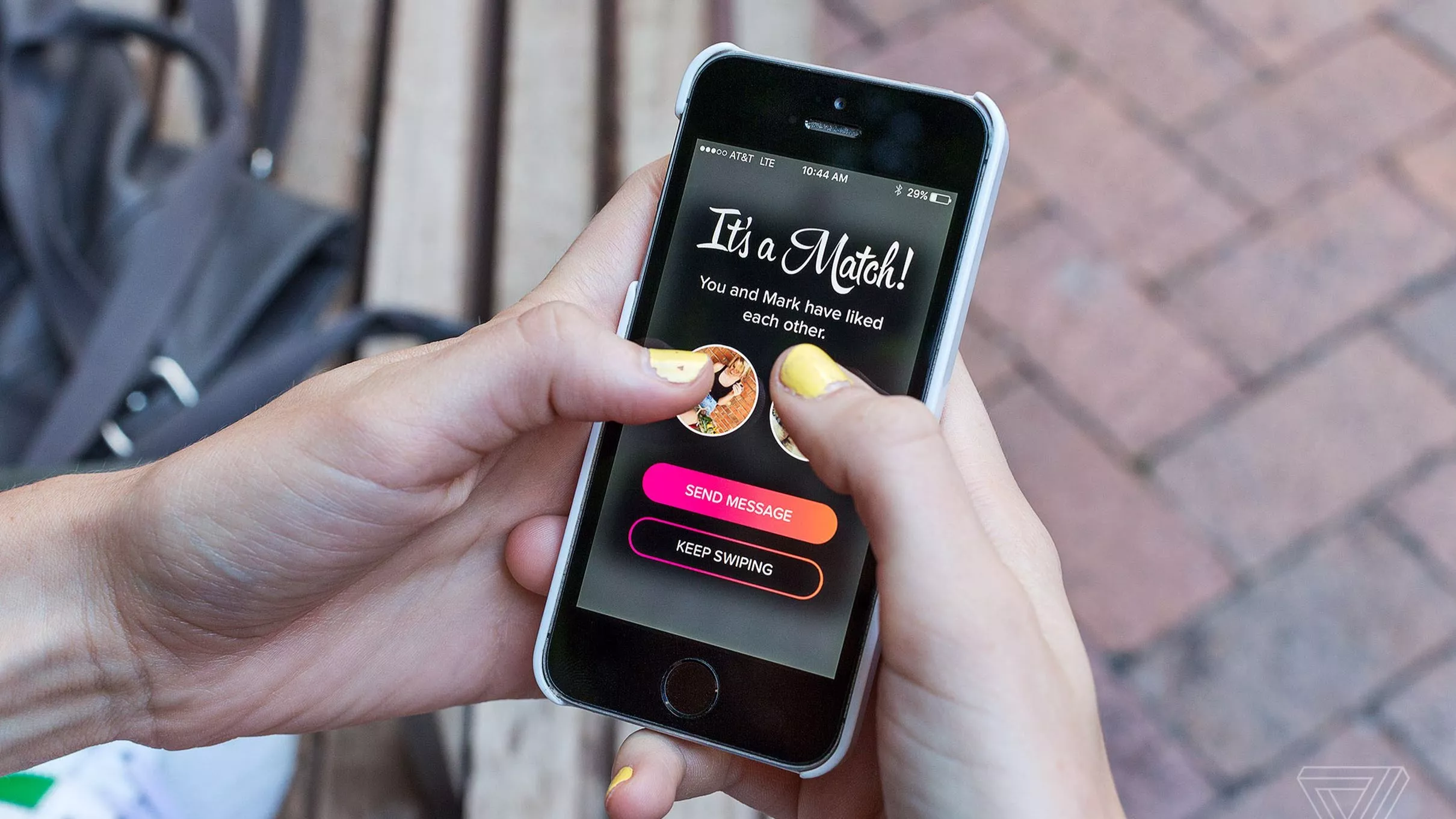
In today’s digital age, our smartphones have become the go-to devices for capturing life’s precious moments. But what happens when you accidentally delete a cherished photo? Losing important pictures can be a stressful experience, but fortunately, there are photo recovery apps designed to help you retrieve deleted photos quickly and efficiently. In this article, we’ll explore the top photo recovery apps, how they work, and tips to increase your chances of successful recovery.
Photo recovery apps are specialized tools that help you recover deleted photos from your smartphone or other storage devices. These apps work by scanning the storage media for traces of the deleted files and attempting to restore them. Most of these apps are user-friendly, requiring minimal technical expertise, making them accessible to everyone.
When a photo is deleted, it’s not immediately removed from the device’s storage. Instead, the space it occupied is marked as available for new data. Until new data overwrites this space, the deleted photo remains recoverable. This is where photo recovery apps come in, using advanced algorithms to locate and restore these files.
There are numerous photo recovery apps available, each with its own set of features. Here are some of the best options:
DiskDigger Photo Recovery: One of the most popular choices, DiskDigger offers a straightforward interface and powerful recovery capabilities. It’s available for both Android and iOS and can recover a wide range of file formats.
EaseUS MobiSaver: This app is known for its comprehensive scanning process, which increases the chances of successfully recovering deleted photos. It supports both Android and iOS devices and offers a free version with limited features.
Dr.Fone – Data Recovery: A versatile tool that not only recovers photos but also other types of data, such as contacts and messages. Dr.Fone is compatible with both Android and iOS and offers a high success rate for photo recovery.
PhotoRec: A powerful, open-source recovery tool that works on a variety of operating systems, including Android, iOS, and even desktop platforms. PhotoRec is known for its deep scanning capabilities, which can recover photos from formatted or damaged storage.
Undeleter: Specifically designed for Android devices, Undeleter offers both photo and file recovery options. It supports a wide range of file types and provides a detailed preview of recoverable photos.
The best apps recover your deleted photo
To maximize your chances of recovering deleted photos, follow these steps:
Act Quickly: The sooner you use a photo recovery app after deletion, the better your chances of success. Avoid using the device extensively to prevent new data from overwriting the deleted files.
Choose the Right App: Depending on your device and the type of photos you want to recover, choose an app that best suits your needs. For instance, if you need to recover RAW image files, ensure the app supports this format.
Follow Instructions Carefully: Each app has its own recovery process. Carefully follow the on-screen instructions to avoid accidental data loss during the recovery process.
Preview Before Recovery: Many photo recovery apps offer a preview feature that allows you to see which photos can be recovered. Use this feature to select only the photos you need, reducing the chances of data corruption.
Backup Regularly: While photo recovery apps are incredibly useful, prevention is always better than cure. Regularly backup your photos to cloud storage or an external device to avoid future data loss.
While photo recovery apps are effective, they are not foolproof. Here are some common issues users might encounter:
Partial Recovery: In some cases, the app may only recover part of the photo, especially if the file has been partially overwritten by new data.
Corrupted Files: Recovered photos might be corrupted or incomplete, which can happen if the storage medium is damaged or if the deletion occurred a long time ago.
Device Compatibility: Not all photo recovery apps are compatible with every device. Ensure the app you choose supports your specific model and operating system.
Limited Free Versions: Many photo recovery apps offer limited functionality in their free versions. To access full recovery features, you may need to purchase the premium version.
To avoid the stress of losing important photos, consider these best practices for managing your digital photo collection:
Regular Backups: As mentioned earlier, regularly backing up your photos is the best way to prevent data loss. Use cloud services like Google Photos, iCloud, or an external hard drive.
Organize Your Photos: Keep your photos organized in folders by date or event. This makes it easier to find specific photos and reduces the likelihood of accidental deletion.
Use Reliable Storage: Invest in high-quality memory cards and storage devices to reduce the risk of data corruption. Avoid using the same storage device for extended periods.
Be Cautious with Deletions: Before deleting a photo, double-check to ensure it’s the correct one. Consider moving photos to a “To Delete” folder before permanently removing them.
Photo recovery apps are invaluable tools for anyone who has experienced the frustration of losing cherished photos. By understanding how these apps work and following best practices for photo management, you can safeguard your memories and recover them if needed. Remember to act quickly after deletion and choose the right photo recovery app for the best chances of success.
For more information on the best photo recovery apps and tips on data recovery, check out this comprehensive guide.